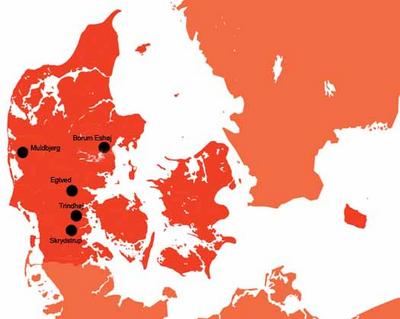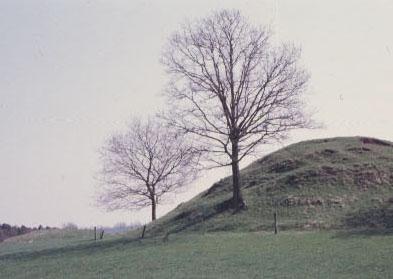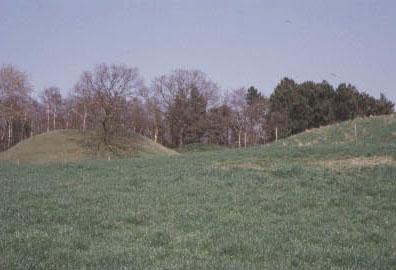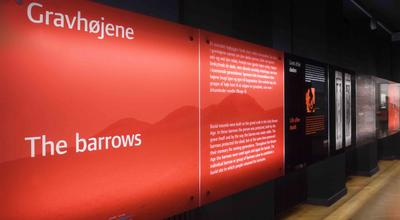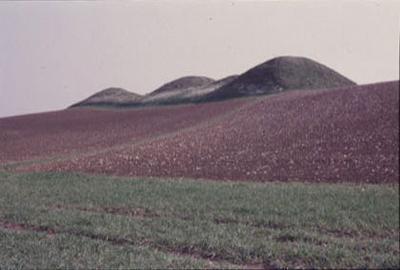The people in the Bronze Age barrows
The people of the Early Bronze Age started building barrows on a grand scale. In the barrow the deceased was protected, both by the grave itself and the way in which the barrow was made visible. At the same time the burial mounds ensured that the memory of the dead would be preserved for coming generations. Throughout the Bronze Age the barrows were used again and again for burials. The individual barrow or group of barrows came to constitute a burial site to which people returned for centuries.
